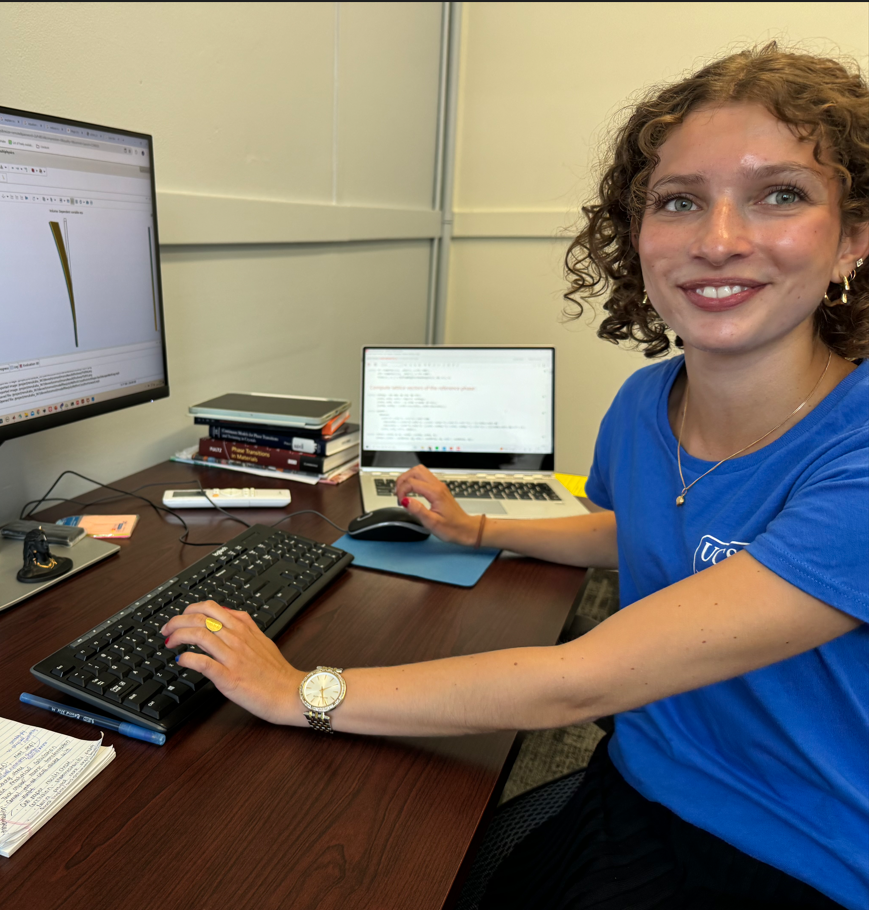
Photomechanical molecular crystals are a new class of stimuli-responsive materials that respond energetically to a light stimulus by changing their shape. Light triggers a solid-to-solid phase transition accompanied with abrupt structural transformation resulting in a wide range of mechanical deformations from reversible bending and twisting to irreversible fragmentation and jumping. The unique ability to trigger the photomechanical response remotely and rapidly, and to tailor the deformation behavior based on crystal geometry and incident light parameters (e.g., intensity, wavelength, and polarization) opens a wealth of possibilities for applications, from remote actuation to flexible electronics. Despite the enormous potential, the use of these molecular crystals is limited due to lack of understanding of what causes some of them to jump and fragment while others to bend and twist. In this work, we have systematically investigated data of light-responsive molecular crystals from experimental literature and studied various continuum mechanical properties such as structural transformation, volume change, compatibility of the phase interface, and type of photoreaction to quantitatively predict the specific dynamic response the crystal will exhibit. Furthermore, we have developed a phase-field model to study nucleation and growth of microstructure in these molecular crystals, and the complex interplay between microstructural kinetics and macroscopic deformation. The modeling framework could serve as a design tool for applications of light-interactive molecular crystals.